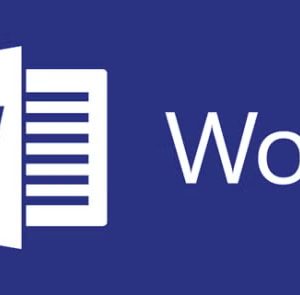Description
Data Mining Assignment #2 (10%)
Due on ICON by November 13
The format of this second data mining assignment is largely the same as that of the first: find two articles relating specifically to the issue of language rights in the case study you’ve been assigned. To prepare for the debate component of the final project, you might find it useful to find at least one polemically-oriented (subjective) piece (e.g. advocacy website, opinion column, official government website, etc.) that advocates for the side of the debate you will be representing in the group presentation. For instance, you might look for newspaper editorials or statements from advocacy groups or government directives that support or promote your side of the debate.
You may use no more than ONE article that has already been reported on by someone in your group for Data Mining #1, and none of you may use the same source or sources that a group member is using for DM #2.
So, to be clear: You may not report on the same two articles that you used for DM #1, and you may duplicate, at most, only one article that someone else in your group wrote about for DM #1. Within your group, you may not duplicate any articles for DM #2—so, if there are 6 people in your group, there should be 12 different articles represented in your DM #2 assignments, and a maximum of 6 of those articles may have been used by someone else in your group for DM #1. Please note that you should NOT be collaborating on this writing project—only sharing information about which works your own individual report will cover.
Your task is to prepare a 1-2 page critical written summary of your findings. This summary should include:
- An introduction that gives some explanation of the case and its relevance to the course—provide context. (You may need to do some preliminary reading and searching to learn more about the case that you’ve been assigned in order to do this.)
- A concise, but informative, critical summary of the two pieces of writing that you’re reporting on—what did you learn from these two pieces? What is the main point of each piece, and how, specifically, does the author support this point? (Specifics are good; sweeping generalizations are not so good.) The person who reads your data mining paper should get a clear idea of who the author is, what the focus of each piece is, what the author discussed, and what kinds of evidence or ideas the author relied on to make his or her point.
As you are working on summarizing the two pieces that you’re reporting on, you should be thinking critically about each source and the material presented within it, and incorporating that critical thinking into your written presentation. Your written analysis of each source should clearly identify whether the piece is objective or subjective, and should address the following questions: Where and when did each piece appear? What in the article is being presented as fact? What is being presented as opinion? Who is the author, and what is their agenda? Are they simply reporting on facts, or are they trying to persuade an audience? What is the audience for each piece?
All sources used should be properly cited within the text, and you must include a citation, in your reference list at the end of the document, that includes the author(s), date, and URL (if the source was found on the internet). (Non-internet sources must also be included in the list of references at the end, with a full citation that includes author, date, title, and publisher.)
Your report should be formatted in portrait orientation with margins no greater than 1 inch, using 12-point font. Text should be single-spaced, with no empty lines between paragraphs (and that indicates that your report should contain multiple different paragraphs). Be sure that your name is on your report, but please do not use a page header that includes the course number and the date, along with several lines of blank space.
A useful overview of how to give in-text citations of web material, and how to format these items for inclusion in your list of works cited at the end of the report, assuming the citation style of the MLA (Modern Language Association), can be found here: http://www.virtualsalt.com/mla.htm


Reviews
There are no reviews yet.